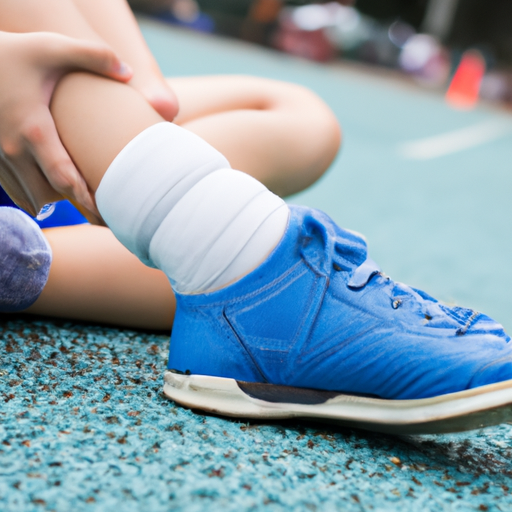
Ankle sprains are defined as the tearing or stretching of ligaments in the ankle. An ankle sprain can cause tremendous physical and mental distress, temporarily decreasing one’s quality of life. Not only are these injuries painful, but they can prevent sufferers from performing regular activities for weeks or even months depending on the severity. Foot and ankle as well as sports medicine doctors see these types of injuries on a regular basis, and offer a variety of techniques to heal the damaged ligaments.
Selene Parekh is an experienced sports medicine doctor specializing in foot and ankle injuries. Continue reading to learn Dr. Parekh’s top five recommendations for treating a sprained ankle.
1. Apply ice
When the ligaments in your ankle are stretched or torn, much of the pain and swelling comes from inflammation of the joint. Applying ice to an inflamed area helps to reduce these symptoms by limiting blood circulation in this region. If you have sprained your ankle, apply ice immediately to reduce pain. Although lowering your body temperature does not facilitate healing, it is a good first step to take to make the initial injury more manageable.
2. Use compression
Another way to reduce the level of swelling after an ankle sprain is by compressing the area. This can be done by applying a wrap or bandage to your foot. While icing your sprain reduces swelling by lowering your body temperature and constricting the blood vessels, compressing an injury of this kind limits fluid from entering the area via external force. Snuggly wrapping the foot and ankle should also reduce the temptation to walk on your ankle by stiffening the joint. This can easily be done at home, however if you are not comfortable wrapping your injury on your own, a professional will be able to ensure the material is tightened properly.
3. Rest your foot
Many sufferers of ankle sprains fail to take resting seriously, and consequently undergo a prolonged recovery time. In fact, attempting to perform regular activities such as walking or exercising on a sprained ankle can actually worsen the injury, stretching or tearing the ligaments even further. Proper healing can only take place when the ankle is entirely relieved of pressure. Refusing to rest until your injury heals can have serious consequences such as a chronic instability of the ankle or thickening of the ligaments. This problem occurs when scar tissue develops in place of flexible, healthy tissue. Avoid furthering the damage of your sprain by getting the rest you need.
4. Elevate your ankle
After an ankle sprain, it is essential to elevate the injury above the level of your heart. The reason for this is that it lowers your blood pressure, limiting the amount of fluid that enters the area. Elevating your injury also promotes lymphatic drainage, which reduces swelling and pain. While seated or lying down, we recommend placing a pillow underneath your ankle to ensure it is properly elevated.
5. See a specialist
If you believe you may have sprained your ankle or have an even more severe injury, the best course of action is to have a physician take a look at your injury. A professional will be able to assess the damage and provide an estimate of your recovery time. Additionally, many people mistake ankle sprains for more serious health problems such as a ruptured tendon or a broken bone. As a foot and ankle sports medicine doctor, Selene Parekh has treated thousands of foot and ankle-related conditions. Seeing a doctor who specializes in this area will give you the information you need to treat the injury appropriately.
Are you experiencing pain in your ankle? Get back to normal as quickly as possible by speaking to a physician. Reach out today to get in touch with sports medicine and foot and ankle doctor, Selene Parekh.
Selene G. Parekh, MD, MBA